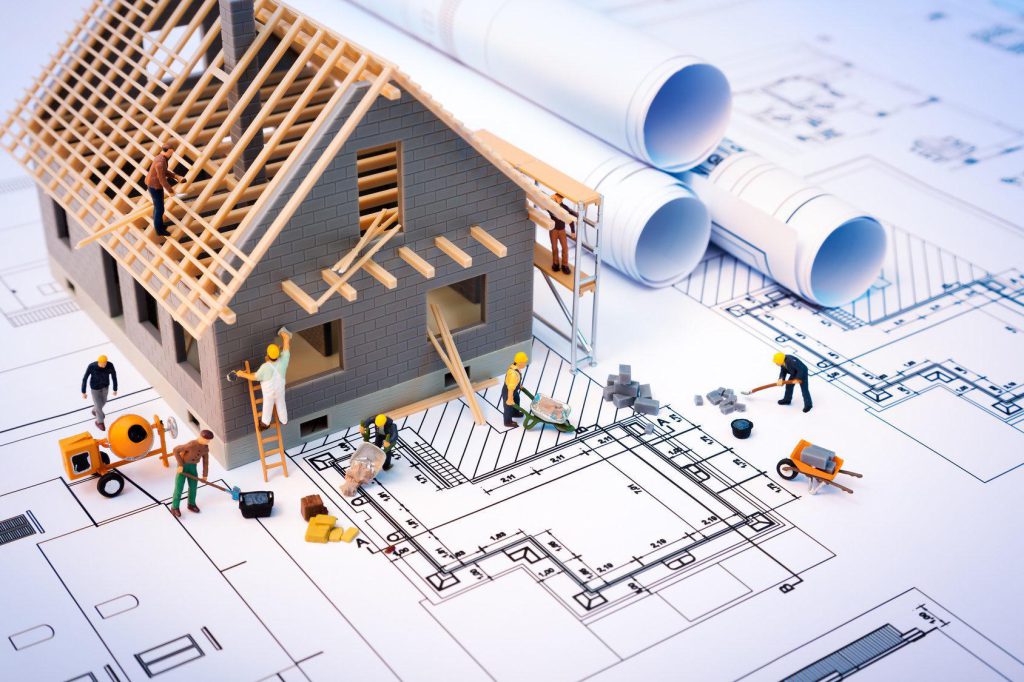The basic role of architectural design is to create functional, aesthetically pleasing, and sustainable built environments that meet the needs of individuals, communities, and businesses. Architectural design plays a crucial role in shaping the spaces where people live, work, and interact, as well as ensuring that these spaces are safe, efficient, and harmonious with their surroundings.
Here are the key roles that architectural design plays:
The basic role of architectural design is to integrate the technical, functional, and aesthetic aspects of a building into a cohesive structure that serves the needs of its users while contributing to the built environment. Whether for residential, commercial, or public use, architectural design influences the way people interact with space, the environment, and the surrounding community. Good architectural
design balances creativity with practicality, safety, and sustainability.
We combine artistic creativity with practical functionality to create spaces that are both beautiful and purposeful. Our team works to ensure that every element of your design contributes to the overall vision while optimizing the flow, usability, and functionality of the space.
Your satisfaction is our top priority. We collaborate closely with you throughout the entire design process, ensuring that your vision is brought to life exactly as you envisioned. We take the time to listen to your ideas and provide solutions that align with your goals.
We believe in excellence, which is why we pay attention to every detail, from initial sketches to final construction documents. Our team meticulously handles every aspect of the design process to ensure that the finished result exceeds your expectations.
Our team consists of highly skilled and experienced architects who have a deep understanding of both design and construction. With expertise in various architectural styles, building codes, and construction practices, we are equipped to handle projects of any size and complexity.
We are committed to providing sustainable designs that save energy, reduce waste, and lower long-term operating costs. We also work within your budget to ensure that you get the best value without compromising on quality or functionality.
We collaborate with engineers, contractors, interior designers, and other professionals to create integrated designs that are efficient and executable.

© 2025 SUNRISE RAYS ENGINEERING CONSULTANTS. All Rights Reserved, Powered by MSOFT Technologies.
WhatsApp us